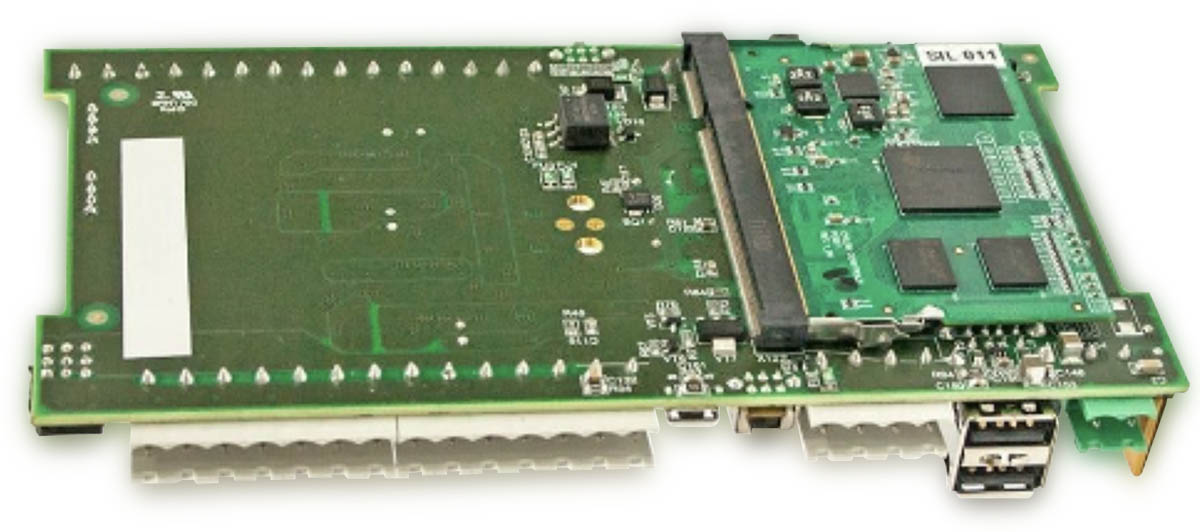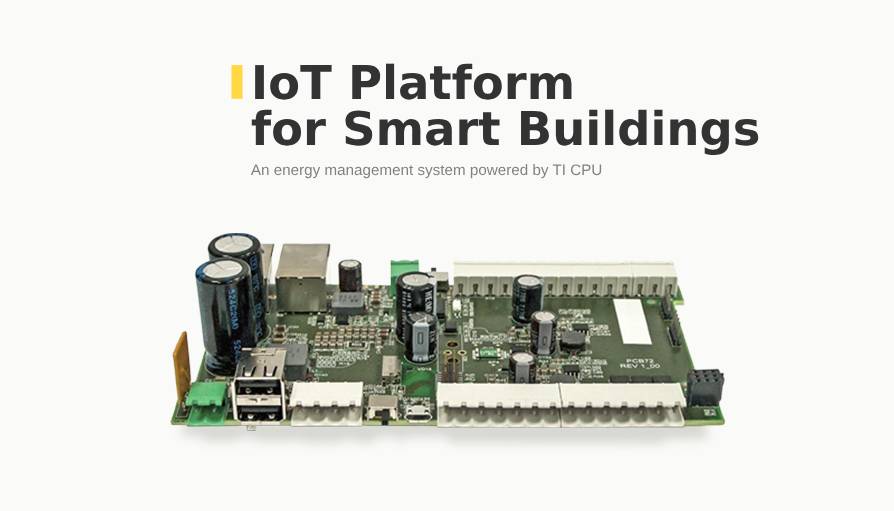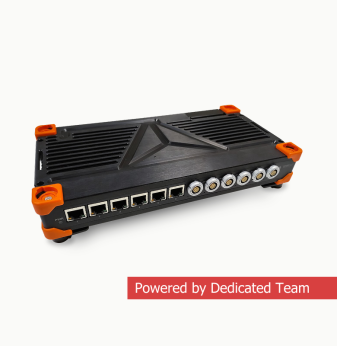Energy Management IoT Platform for Smart Buildings
Project in Nutshell: we developed a hardware platform with a BSP for a smart building energy management system. Integrating this platform into serial devices has elevated our client's standing as a market leader in IoT solutions for smart buildings.
Client & Challenge
A provider of automation and control solutions turned to us to develop a prototype of a universal hardware platform for smart building energy management for their product family.
Solution
1. Interaction with Client
Our project team consisted of hardware designers, software developers, system architects, and quality control engineers who were previously involved in designing intelligent building energy management systems.
To ensure effective cooperation, we hold weekly meetings with the client to assess progress, gather feedback and make necessary adjustments.
2. Hardware Design
We designed a hardware platform and board support package (BSP).

The hardware platform with a AM3352 processor by Texas Instruments
As part of the project, we designed a single inline module (SIL) connected to the interface board via a 200-pin SO-DIMM connector.
The module is based on an AM3352 processor by TI with a Cortex-A8 core, a Cortex-A8 NEON SIMD (1 GHz) coprocessor, and peripherals for various applications.
PCB technical specifications:
| Network | 10/100 Mb/s Ethernet |
| CPU | ARM Cortex-A8 core up to 1 GHz NEON SIMD coprocessor L1 cache 32 kB / 32 kB installation data L2 cache 256 kB with error correction codes (ECC) Internal 176 kB ROM 64 kB dedicated RAM Programmable interrupt controller Programmable real-time and industrial communication subsystem (PRU-ICSS) |
| On-board memory | 4 GB DDR3L 32 GB NAND |
| I/O interfaces | 2 x USB-host, 1 x USB-device 1 x UART0 (for debugging without the flow control), 3 x UART (with the flow control), BACnet 1 x UART_PRUSS1 8-bit MMC JTAG (nTRST, TCK, TMS, TDI, TDO signals) 7 x GPIO |
| Power | 5 V (plug-in module) 20 V (interface board) |
| Operating system | Linux |
3. Software Development
BACnet, a communication protocol for building automation, plays a key role in the project software. By integrating BACnet into the architecture, the platform can easily communicate with various building systems, including HVAC, lighting, access control, etc. The protocol enables collecting, analysing and using data from various sources to optimise energy consumption and improve overall building efficiency.
BACnet's standardised structure facilitates integration by enabling easier communication between devices and systems, regardless of manufacturer or protocol differences. It simplifies the deployment of the IoT platform and will also provide future scalability and flexibility as the building infrastructure evolves.
Business Value
The created prototypes served as breadboards during the development of serial device requirements. As a result, the client implemented our engineering solutions in mass-produced devices, helping to strengthen its position as the market leader in IoT solutions for smart buildings.


































